27 Legendary Southeast Asian Alcoholic Drinks to Discover
Southeast Asian alcoholic drinks represent a vibrant tapestry of cultural heritage and traditional craftsmanship.
These intoxicating beverages tell fascinating stories about regional communities and their deep-rooted brewing practices.
Local ingredients, unique fermentation techniques, and generations of knowledge converge to create remarkable libations that tantalize taste buds.
Some concoctions emerge from ancient rituals, while others reflect modern social interactions and celebratory traditions.
Crafted with precision and passion, these drinks showcase the incredible diversity of Southeast Asian culinary artistry.
Regional variations highlight distinctive flavors, locally sourced components, and time-honored brewing methods that transform simple ingredients into complex, memorable experiences.
These beverages connect people, preserve cultural memories, and offer glimpses into rich social traditions: Here are 35 legendary Southeast Asian alcoholic drinks to savor:
Southeast Asian Alcoholic Beverage Types You Should Try
Raise a glass to inventive, refreshing drinks from Southeast Asia, think palm wine, rice spirits, and unique local infusions. Each one offers a sip of adventure.
Lambanog
Lambanog is a powerful Filipino spirit distilled from fermented coconut palm sap, renowned for its potent 40% ABV strength and clear appearance.
Traditionally crafted by farmers in Quezon province, this moonshine-like drink has transformed from small-scale rural production to modern factory manufacturing.
Artisan producers now experiment with vibrant flavors and subtle colorations, expanding its traditional profile.
Locals typically consume lambanog as a straight shot, though mixologists increasingly incorporate it into innovative cocktail recipes.
Factory improvements have enhanced the spirit's overall quality and consistency.
Regional Filipino communities continue celebrating this unique alcoholic beverage during social gatherings and celebrations.
Its production process remains deeply connected to agricultural traditions.
Modern interpretations have broadened lambanog's appeal beyond its original rural roots.
Singapore Sling
Singapore Sling is a classic cocktail born in Singapore's Raffles Hotel around 1915, blending complex gin-based ingredients into a signature pink tropical drink.
Bartender Ngiam Tong Boon crafted this refreshing beverage using gin, cherry liqueur, Cointreau, grenadine, Benedictine, pineapple juice, lime juice, and Angostura bitters.
Mixologists now interpret the original recipe with slight variations while maintaining its core flavor profile.
Hurricane glasses showcase the cocktail's vibrant pink color and tropical spirit.
Maraschino cherries and pineapple wedges add elegant garnish to the drink.
Singapore's culinary history connects directly to this internationally recognized cocktail.
Each sip reflects the multicultural influences of Singapore's beverage traditions.
Bar enthusiasts worldwide continue to enjoy this historical and flavorful drink.
Ruou Tao Meo
Ruou tao meo stands as a unique Vietnamese liqueur crafted from wild mountain apples native to Sapa's H'Mong regions.
Mountain villagers carefully harvest these rare Docynia indica fruits and soak them in rice wine for months, creating an amber-colored beverage with subtle sweetness.
Natural fermentation transforms the wild apples into a complex alcoholic drink with delicate caramel and apple undertones.
Traditional preparation involves carefully selecting ripe fruits and soaking them in high-quality rice wine.
Local families pass down generations-old techniques for creating this special liqueur.
H'Mong communities consider the drink a traditional medicine with potential health benefits.
Small batches ensure authentic flavor and cultural preservation.
Travelers to northern Vietnam often seek this distinctive regional specialty as a memorable cultural experience.
Jungle Bird
Jungle Bird cocktails balance bitter and sweet rum flavors through a precise tropical mix originating in 1970s Malaysia.
Dark rum anchors this tiki drink's complex profile, blending smoothly with Campari's sharp bitterness and bright pineapple-lime juice sweetness.
Jamaican or blackstrap rum variations add depth to the signature combination.
Bartenders shake ingredients with ice before straining into a rocks glass or traditional tiki mug.
Pineapple wedges and maraschino cherries create a colorful garnish that enhances visual appeal.
Malaysian Hilton hotel bars first crafted this innovative cocktail, which quickly gained international recognition.
John J.
documented the first written recipe in New American Bartender's Guide.
Bar enthusiasts worldwide now celebrate this balanced, intriguing tropical beverage.
Arak
Arak represents a diverse family of potent spirits originating across East Indian regions, particularly in India, Sri Lanka, Indonesia, and the Philippines.
Distilled from varied ingredients like coconut palm juice and molasses, this alcoholic beverage traces its roots to 15th-century references with complex historical origins.
Ceylon arrack emerges as a distinctive variety crafted from fermented coconut palm juice, while Batavian arrack derives from molasses-based processes.
Early trade routes likely contributed to its widespread production and cultural significance.
European merchants played crucial roles in documenting and spreading arrack's manufacturing techniques.
International traders recognized its unique alcohol content and regional variations.
Alcoholic beverage enthusiasts continue exploring these traditional spirits with growing global interest.
Researchers remain fascinated by its intricate production methods and cultural importance across multiple countries.
Sato
Sato stands out as a traditional Thai rice wine crafted from sticky rice in Northeast Thailand's Isan region, fermenting steamed rice with lukpaeng—a complex starter of rice starch, yeast, and herbal spices.
Local brewers carefully prepare this ceremonial beverage through a meticulous weeks-long fermentation process that transforms simple ingredients into a unique alcoholic drink.
Regional families have long celebrated special occasions with sato's distinctive flavor profile, passing down brewing techniques through generations.
Commercial producers now offer limited versions, though authentic sato remains best when home-brewed.
Small batches ensure maximum quality and preserve the drink's delicate characteristics.
Fermentation typically occurs in clay pots or ceramic containers, maintaining traditional preparation methods.
Alcohol content varies but generally ranges between 5-10 percent.
Sato represents more than just a beverage—it embodies cultural heritage and communal connections in Northeast Thai communities.
Ruou Can
Ruou can are traditional Vietnamese rice wines crafted from glutinous rice fermented with herbs and spices in large earthenware pots sealed by banana leaves.
Vietnamese communities brew this distinctive alcohol through a complex multi-week fermentation process that transforms simple ingredients into a culturally significant beverage.
Ceremonial gatherings showcase ruou can as a central social drink shared through long bamboo straws extending directly into the communal pot.
Villagers carefully select unique combinations of roots and spices to create distinctive flavor profiles that reflect regional traditions.
Multiple ingredients like millet or cassava can substitute rice as base fermentation material.
Rice wine makers follow generations-old techniques passed down through family networks.
Ritual celebrations and important social events provide primary contexts for consuming this special drink.
Arak Attack
Arak Attack is a potent Balinese cocktail bursting with tropical spirit, crafted from traditional arak distilled from fermented rice or palm sap.
This vibrant drink blends the strong local spirit with fresh orange juice and a splash of grenadine, creating a layered beverage with deep red and lighter hues.
Bartenders mix the ingredients to balance arak's intense alcohol profile with fruity sweetness.
Bali's signature cocktail offers a refreshing taste of island culture in each sip.
Orange juice softens arak's sharp edge while grenadine adds rich color and sweetness.
Tourists and locals enjoy this drink as a classic representation of Balinese beverage traditions.
Served chilled, the cocktail provides a quick escape into tropical flavors.
Arak Attack embodies Bali's spirit of fun and relaxation through its unique ingredient combination.
Nep Cam
Ruou nep cam is a distinctive Vietnamese fermented rice wine crafted from black rice that creates a deep purple beverage with complex brewing traditions.
Vietnamese artisans prepare this unique alcohol by cooking or soaking black rice and mixing it with specialized yeast cultures for fermentation.
Brewers sometimes enhance the wine by adding clear rice spirits to increase its potency and flavor profile.
Home preparation remains common alongside commercial bottling methods.
Small batches develop a slightly hazy appearance with rich purple coloration.
Traditional techniques pass through generations of families who understand precise fermentation processes.
Production requires careful attention to rice quality and fermentation timing to achieve balanced taste and alcohol content.
Mekhong
Mekhong is Thailand's pioneering national spirit, crafted from a unique blend of molasses, rice, and a mysterious herbal recipe since 1941.
Distilled near the legendary Mekong River, this golden-hued alcohol carries a complex aroma of sweet and spicy notes.
Caramel enriches its distinctive color before bottling at 35% ABV, creating a smooth drinking experience.
Bartenders favor Mekhong for cocktails, especially the popular Sabai Sabai mixed with lemon juice and soda.
Its herbal profile makes it versatile for mixed drinks and sipping over ice.
Traditionally enjoyed in social settings, Mekhong represents Thai drinking culture.
Locals and tourists alike appreciate its rich flavor and cultural significance.
International spirits enthusiasts increasingly recognize this unique Thai alcohol for its intriguing taste profile.
Bali Arak
Bali arak is a powerful traditional Balinese spirit distilled from fermented palm sap, embodying centuries of cultural brewing techniques.
Indonesian artisans carefully collect palm flower sap and transform it through meticulous fermentation and distillation processes.
Experienced local makers create this clear to amber-colored liquor with complex flavor profiles ranging from smooth to intensely strong.
Alcohol content typically runs high, making it a potent beverage consumed during social events and religious ceremonies.
Sacred traditions and social connections interweave through each carefully crafted batch of arak.
Tourists must exercise caution when purchasing this spirit due to potential safety risks from improper distillation.
Ancient medicinal practices also incorporated this traditional alcoholic beverage for various therapeutic purposes.
Lao Hai
Lao hai is a traditional fermented rice wine emerging from Laotian ethnic minority communities, brewed in large earthenware jars through a complex process of glutinous rice and herbal starter fermentation.
Villagers carefully select specific rice varieties and unique herb mixtures to create this distinctive alcoholic beverage.
Rice transforms through natural fermentation, developing a cloudy appearance with subtle sweetness and low alcohol levels.
Laotian celebrations and social gatherings often feature this distinctive drink as a communal beverage.
Skilled artisans monitor fermentation conditions to ensure balanced flavor profiles.
Earthenware jars play a crucial role in developing the wine's characteristic taste and texture.
Tapuy
Tapuy is a traditional Filipino rice wine crafted from glutinous rice and fermented using a unique native starter culture called bubod.
Indigenous communities in the Philippines have brewed this potent alcoholic beverage for generations, using time-honored techniques passed down through family lines.
Fermentation occurs in clay jars, allowing the wine to develop complex flavor profiles that range from sweet to slightly tangy.
Artisan brewers carefully monitor the fermentation process, which can last several days or extend to months for deeper, richer tastes.
Tapuy typically contains higher alcohol content compared to other rice wines, making it a powerful cultural drink.
Local celebrations and special gatherings often feature this distinctive beverage as a centerpiece.
Mountain tribes in the northern Philippines have preserved this brewing tradition for centuries.
Ruou
Ruou are traditional Vietnamese rice wines crafted through intricate fermentation processes that yield diverse alcoholic beverages.
Vietnamese distillers create multiple variations ranging from delicate rice spirits to medicinal herbal infusions using distinctive regional techniques.
Fermentation begins by combining cooked rice with specialized yeast cultures, allowing complex flavor profiles to develop naturally.
Ruou gao represents a pure distilled rice wine often enhanced with fruits or botanicals.
Ruou can emerges as a fermented version typically prepared in clay pots and consumed through traditional drinking straws.
Distillation methods significantly impact each wine's final character and strength.
Production techniques differ across Vietnam, ensuring each ruou batch maintains its individual essence and cultural significance.
Lao Lao
Lao lao are potent rice spirits deeply rooted in Laotian rural traditions, crafted through centuries-old fermentation techniques of glutinous rice.
Villagers brew this clear alcohol using basic home distillation methods that produce wildly varying flavor profiles across different regions.
Local makers transform sticky rice into a powerful alcoholic beverage without strict manufacturing regulations.
Small-batch production means each batch carries unique characteristics determined by local water sources, rice quality, and individual brewing techniques.
Alcohol content ranges dramatically between 40-50% proof, making it significantly stronger than standard liquors.
Most versions appear transparent with sharp, intense alcohol notes.
Drinking lao lao represents a cultural practice connecting Laotian communities through shared social rituals.
Ruou Thuoc
Ruou thuoc are traditional Vietnamese medicinal rice wines steeped with exotic ingredients like snakes, scorpions, herbs, and animal organs to treat various health conditions.
Vietnamese distillers create these potent beverages by infusing rice wine with carefully selected creatures and plants, allowing mixtures to develop complex flavors and potential healing properties.
Each unique blend combines different animals or botanical elements, ranging from geckos and frogs to seahorses and starfish.
Longer aging processes enhance the wine's therapeutic potential and taste profile.
Medicinal beliefs deeply root these wines in Vietnamese cultural practices.
Ancient traditions guide preparation methods passed through generations.
Regional experts carefully select and combine ingredients to maximize potential health benefits.
Pegu Club
Pegu Club cocktails blend botanical gin with bright citrus and orange liqueur, creating a crisp signature drink from 1920s Burma.
British colonial bartenders first crafted this refreshing mixture at an exclusive Rangoon social club frequented by military officers.
Sophisticated drinkers appreciate its balanced flavor profile mixing tart lime juice with smooth gin and bitter orange notes.
Curacao adds subtle sweetness while Angostura bitters provide complex depth to the drink.
Skilled mixologists shake ingredients vigorously with crushed ice to achieve perfect temperature and dilution.
Bartenders traditionally strain the cocktail into a chilled glass and garnish with a delicate lime twist.
Elegant presentation and precise ingredient proportions make this cocktail a timeless classic.
Bar patrons continue to enjoy this sophisticated beverage that connects modern drinking culture with historical colonial traditions.
Batavia Arrack
Batavia arrack is a powerful Indonesian spirit distilled from sugarcane molasses and red rice, boasting complex herbaceous, nutty, and smoky flavor profiles that predate most modern spirits.
Dutch traders popularized this ancient liquor throughout Europe during the 18th and 19th centuries, establishing its reputation as a superior alternative to Caribbean rum.
Originating in Java, arrack represents one of the world's oldest distillates with unique production methods involving fermented palm juice.
Historically, bartenders primarily used arrack as a punch base, though contemporary mixologists now incorporate it into sophisticated cocktail recipes.
European merchants extensively exported the spirit, spreading its influence across global trade routes.
Indonesian distillers carefully craft each batch using traditional fermentation techniques passed through generations.
Alcohol content typically ranges between 40-50% proof, making it a robust and intense spirit.
Researchers consider Batavia arrack a direct predecessor to many modern spirits like gin, whiskey, and brandy.
Lao Khao
Lao khao is a potent Thai rice-based spirit central to rural drinking culture, traditionally distilled from fermented rice and boasting a sharp, intense flavor.
Rural communities have produced this clear alcohol for centuries, with official market regulation beginning only in the 1950s.
Workers throughout Thailand widely consume lao khao due to its exceptional affordability and accessibility.
Its alcohol content typically ranges around 30% ABV, making it a robust local beverage.
Farmers and laborers especially favor this strong spirit as a social drink.
Distillation processes remain largely traditional in smaller communities.
Small-batch production continues to play a significant role in its ongoing cultural significance.
Tuba
Tuba are traditional fermented palm sap drinks originating from multiple tropical regions like the Philippines, Mexico, and Southeast Asia.
Skilled artisans extract sap from coconut or nipa palm flower buds through careful tapping techniques.
Fermentation transforms the initial sweet liquid into a mildly tangy beverage with increasing alcohol content.
Mexican versions often feature fruity additions like pineapple or apple for enhanced flavor complexity.
Fresh tuba maintains a light, refreshing profile in regions like Guam and the Philippines.
Coastal communities especially value this traditional drink as a cultural staple.
Consumers enjoy tuba both as a mild alcoholic beverage and a cultural expression of local agricultural practices.
Arak Madu
Arak Madu is a potent Balinese cocktail blending traditional arak spirit with honey and lime juice.
Distilled from rice or palm sap, arak brings a strong alcoholic punch to this popular island drink.
Honey softens the spirit's intense flavor with natural sweetness.
Fresh lime juice adds a bright, tangy counterpoint to balance the cocktail's robust profile.
Bali locals enjoy this simple yet complex beverage during social gatherings and relaxed evenings.
Bartenders typically mix arak with honey, then dilute the combination with water or ice.
Precise measurements depend on individual taste preferences.
Served chilled, this cocktail offers a refreshing glimpse into Balinese drinking culture.
Ruou Sim
Ruou sim is a unique Vietnamese rose myrtle liqueur from Phu Quoc island, crafted by fermenting wild rose myrtle berries with sugar and rice wine.
Traditional rural communities developed this vibrant red drink as a natural health remedy with a distinctive sweet-tart flavor.
Mountain regions of Phu Quoc provide the perfect environment for rose myrtle (Rhodomyrtus tomentosa) to grow abundantly.
Locals harvest the berries during springtime to create this special beverage.
Preparation methods include direct fermentation of berries and sugar or steeping ingredients in rice wine for several months.
Vietnamese families often create ruou sim using generations-old techniques.
Some regions consider the liqueur a medicinal tonic with potential health benefits.
Ruou Ngo
Ruou ngo represents an authentic Vietnamese corn whiskey crafted by northern ethnic minorities like Hmong and Dao tribes.
Mountain communities distill this unique spirit through traditional fermentation methods using boiled corn kernels, spring water, and specific herbal yeasts.
Distillation transforms the fermented mixture into a potent alcoholic beverage with complex flavor profiles.
Aging processes further enhance the drink's character and intensity.
Native mountain populations have perfected this alcohol production technique over generations.
Each batch reflects local ingredients and generational knowledge.
Alcohol content typically ranges between 30-40% proof, making ruou ngo a strong traditional mountain spirit.
Kim Son
Kim Son is a traditional Vietnamese rice wine steeped in cultural mystery and brewing complexity from Northern Vietnam's Kim Son region.
Fermented in large earthenware jars sealed with banana leaves, this potent beverage combines rice, spring water, and yeast with unique herbal infusions.
Some versions incorporate macerated fruits or animal ingredients believed to offer medicinal benefits.
Local artisans create distinct flavor profiles by varying fermentation techniques and ingredient combinations.
Modern production now includes bottled versions alongside traditional methods.
Small batches maintain authentic brewing practices.
Mau Son
Mau son is a potent Vietnamese rice wine crafted by Dao mountain dwellers in Lang Son province, featuring a unique fermentation process that transforms simple ingredients into a smooth, herbaceous spirit.
Local Dao communities carefully distill this traditional alcohol using cooked rice, pure spring water, and a special yeast blend made from native herbs and plants.
Cold mountain temperatures slow the fermentation, allowing complex flavors to develop over several weeks.
Skilled artisans create this distinctive wine through generations of inherited knowledge and precise techniques.
Each batch carries subtle herbal notes that reflect the region's natural environment.
Mountain communities traditionally drink mau son during social gatherings and celebrations.
Winter months provide ideal conditions for producing this strong yet balanced alcoholic beverage.
Rice wine enthusiasts prize mau son for its unique character and cultural significance.
Lihing
Lihingis a traditional Malaysian rice wine originating from Sabah, crafted through a meticulous fermentation process using glutinous rice and natural yeast.
Social gatherings in Sabah frequently feature lihing as a central beverage, reflecting its cultural significance.
Skilled artisans carefully monitor the fermentation, ensuring each batch develops its distinctive flavor profile.
Alcohol content varies between batches, adding unpredictability to the drink's character.
Locals traditionally serve lihing in simple plastic or bamboo cups, maintaining its rustic authenticity.
Small communities in Sabah take pride in their specific lihing preparation methods.
Gin Pahit
Gin Pahit is a classic Malaysian cocktail featuring a potent blend of gin and Angostura bitters, delivering a sharp and intense drinking experience.
British colonial settlers originally crafted this simple yet powerful drink during Malaysia's colonial era.
Bartenders typically prepare Gin Pahit by stirring gin with bitters and optional sugar syrup over ice.
Careful straining into a chilled cocktail glass ensures a crisp presentation.
British influences shaped this beverage's minimalist recipe.
Angostura bitters provide a distinctive bitter undertone to the drink.
Gin remains the primary ingredient, contributing strong alcoholic character.
Sugar syrup offers optional sweetness for those preferring a softer flavor profile.
What Are the Main Ingredients in Traditional Southeast Asian Alcoholic Beverages?
Traditional Southeast Asian alcoholic beverages are crafted using local ingredients that reflect the region’s biodiversity and cultural practices. The main ingredients commonly include
These ingredients are combined through fermentation and distillation techniques passed down through generations, producing a wide variety of unique and culturally significant alcoholic beverages across Southeast Asia.

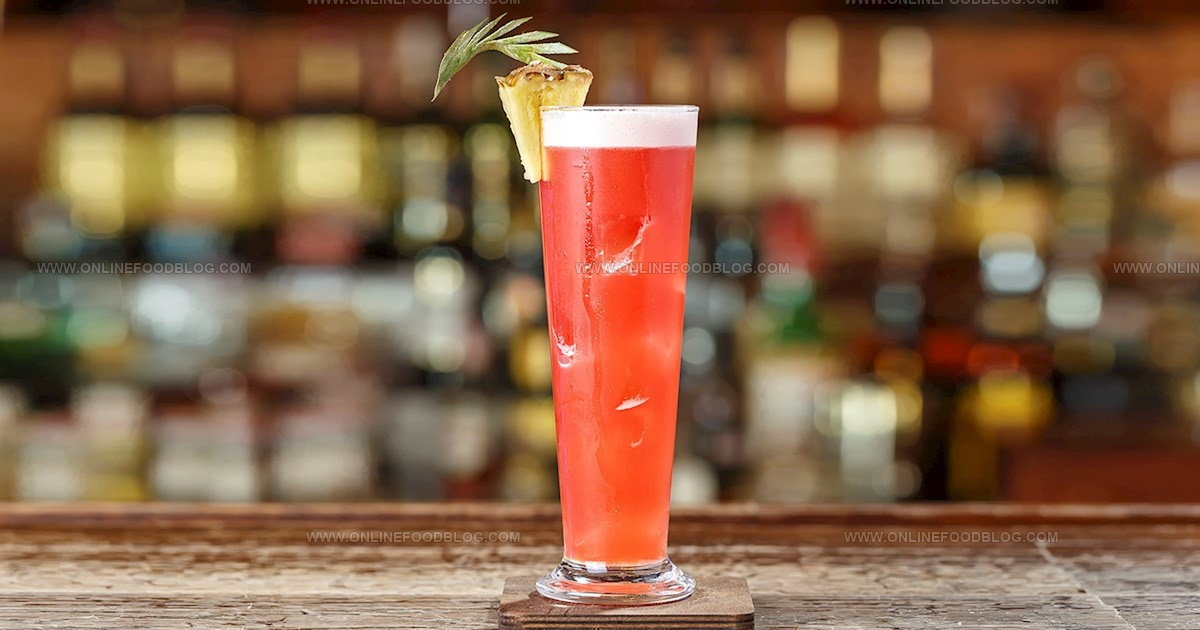

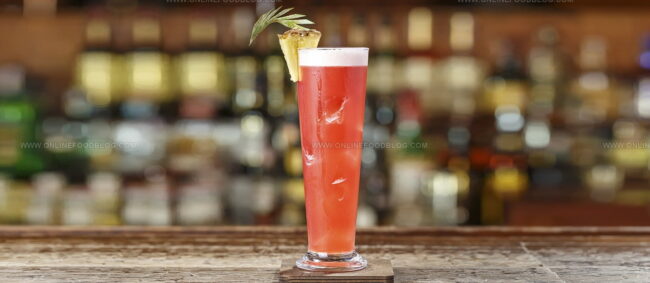
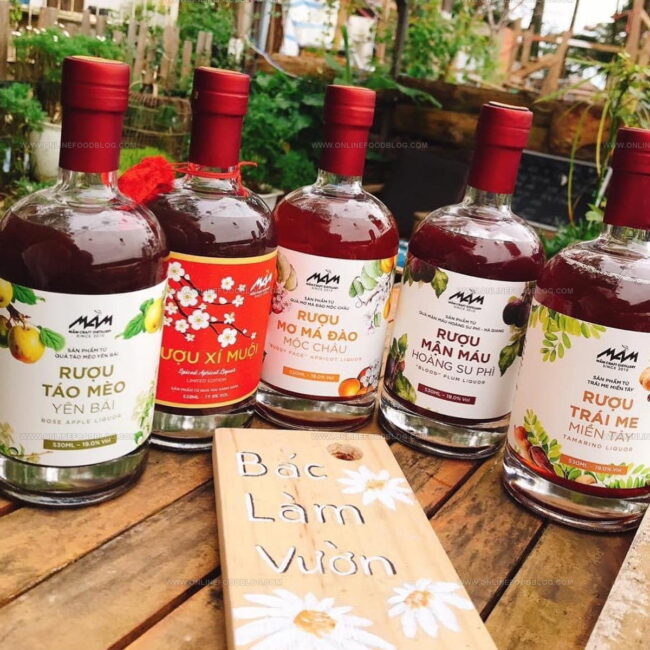
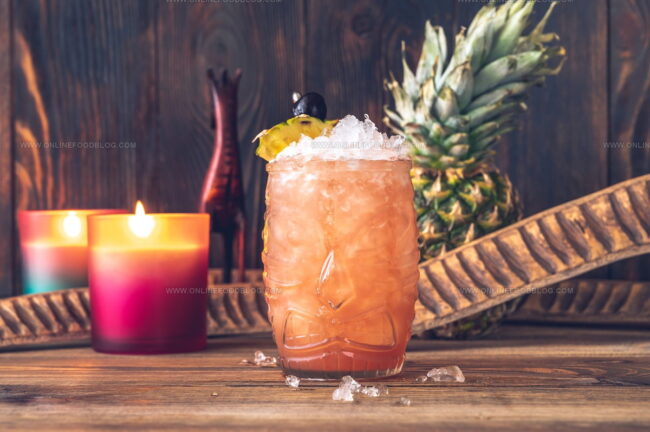
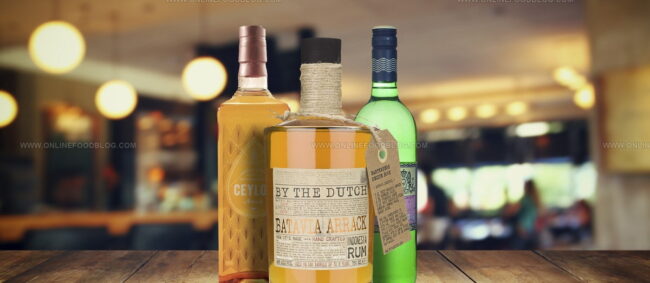

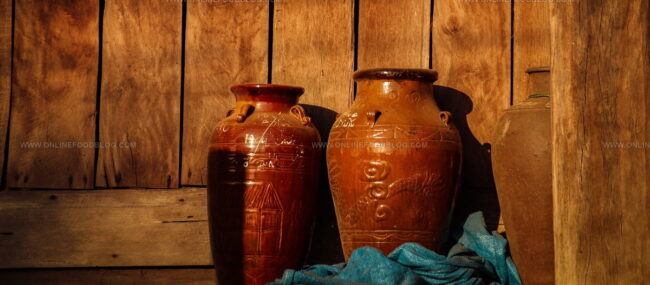
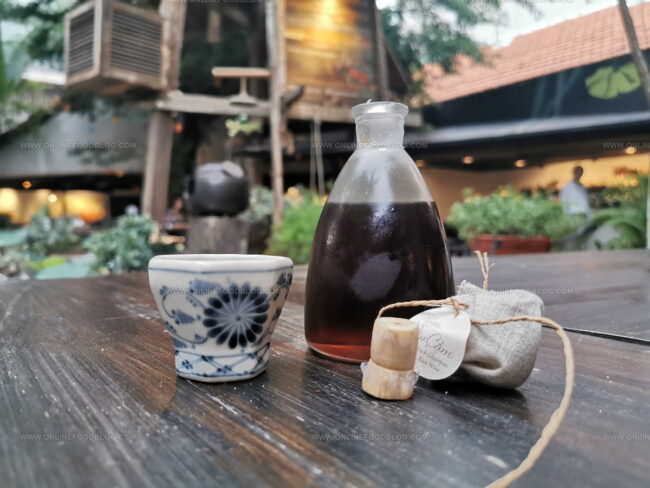
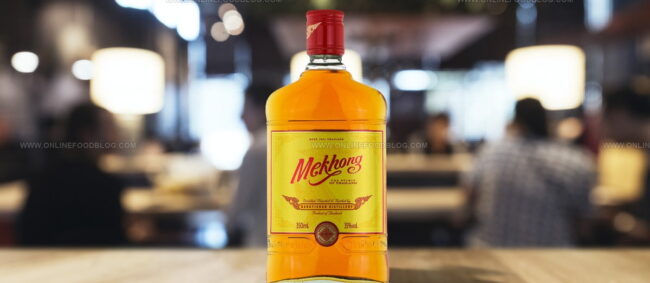
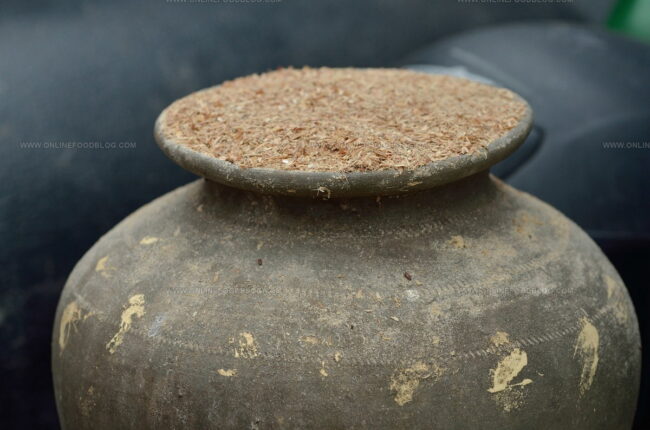
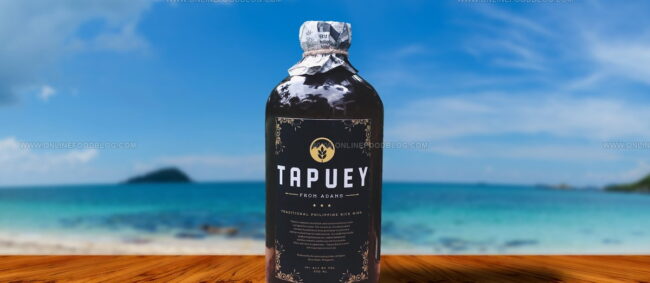
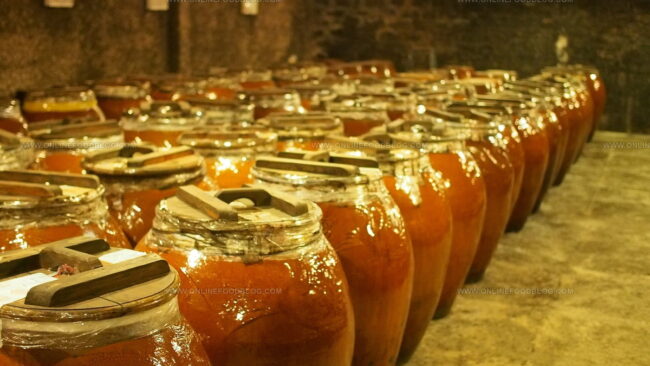
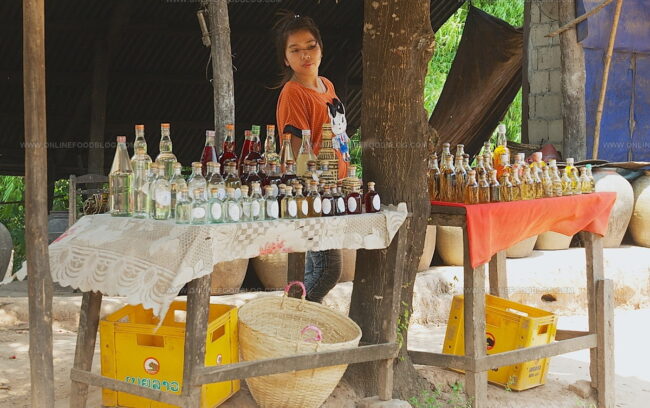
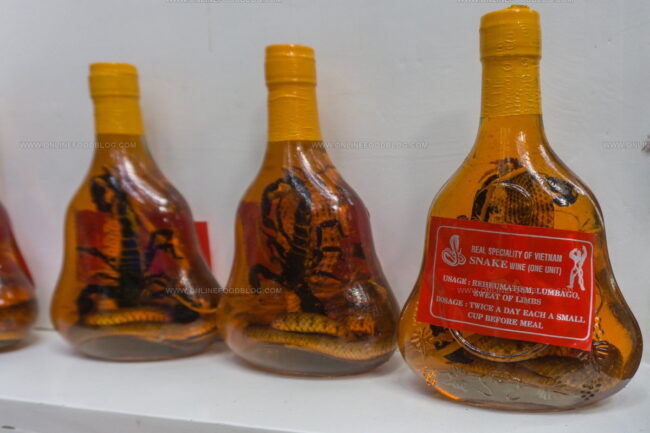
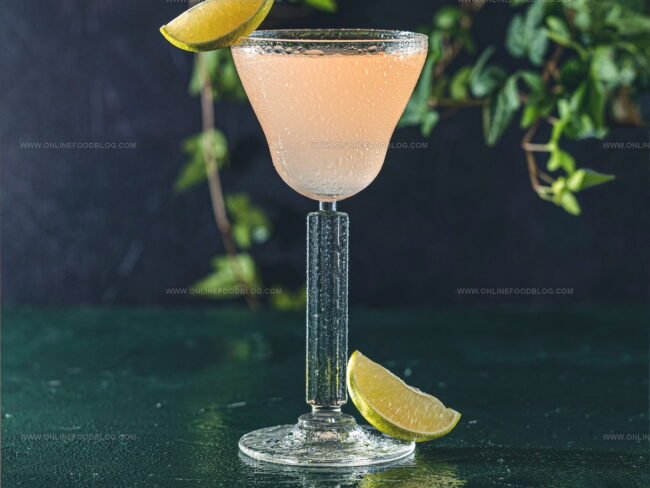



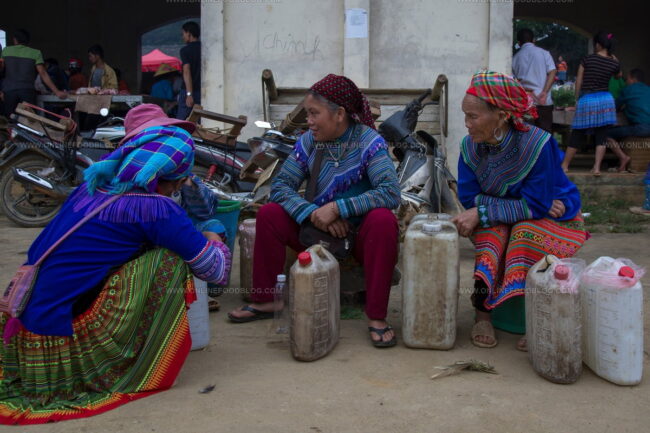


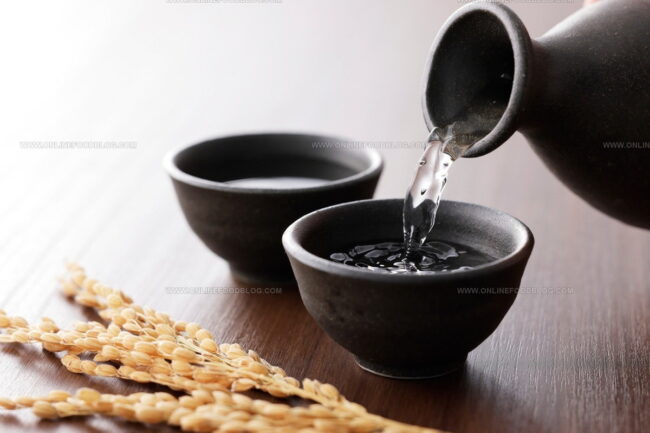
Lucas Bennett
Founder & Recipe Creator
Expertise
Simple Everyday Recipes, Sustainable Cooking Practices, Creative Meal Planning, Recipe Testing and Improvement
Education
Fox Valley Technical College, Appleton, Wisconsin
Lake Superior College, Duluth, Minnesota
Lucas Bennett’s cooking journey started in his parents’ kitchen, where he learned to prepare tasty, no-fuss meals from scratch. His culinary passion led him to Fox Valley Technical College, where he gained practical cooking skills.
He then expanded his focus on sustainability at Lake Superior College. Today, Lucas shares easy, approachable recipes designed to make cooking enjoyable and stress-free for everyone.